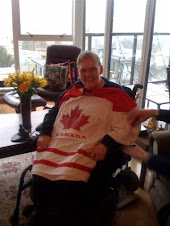History
Like all of Vancouver, the West End was originally a forested wilderness. The area was purchased in 1862 by John Morton, Samuel Brighouse, and William Hailstone, three men known as the "Three Greenhorn Englishmen," or just the "Three Greenhorns," owing to the belief that the naive men paid too much for the remote land. The men had plans to establish a brickworks on the shore of Coal Harbour, and their land claim was originally staked with the hopeful intent of mining for porcelain clays, but the grade of clay was not fine enough for that use. When those plans failed (a lack of transportation being a key factor) they sold a good portion of the area, by then known as the Brickmaker's Claim, to Victoria investors who in turn tried to promote its development as New Liverpool. The only thing that happened with that scheme was a subdivision plan registered with the Land Titles office in New Westminster. Another name used for the property was the Brighouse Estate (Brighouse as a name came to refer to a particular part of Richmond, where "Greenhorn" J. Morton also owned property). One of the partners, observant that brick was a valuable building commodity despite the abundance of timber in the region, moved the brick-clay operations to Sumas Mountain, establishing the community of Clayburn, now a neighbourhood of Abbotsford.
Later, with the arrival of the Canadian Pacific Railway, with its terminus at nearby Coal Harbour, the West End became Vancouver's first upscale neighbourhood, home to the richest railroad families. Many of these families lived along Georgia Street, known at that time as "Blue Blood Alley" for all the posh mansions built there.[2] Later mansions (including the Davie mansion) were built in then remoter areas of the West End as the financial district's land values displaced the high-toned residences. This role was ultimately dropped with the increasing vogue for the upscale Shaughnessy neighbourhood, and as middle-class housing of various kinds began to fill out the West End. As the city grew, the West End became a transitory place for new arrivals from elsewhere in Canada, the United Kingdom, and later for immigrants from other countries, establishing a tradition of diversity. Following World War II, a significant German commercial community emerged along Robson Street, giving birth to the nickname Robsonstrasse, a name still occasionally used in marketing despite the loss of its original meaning.


































































































































































No comments:
Post a Comment